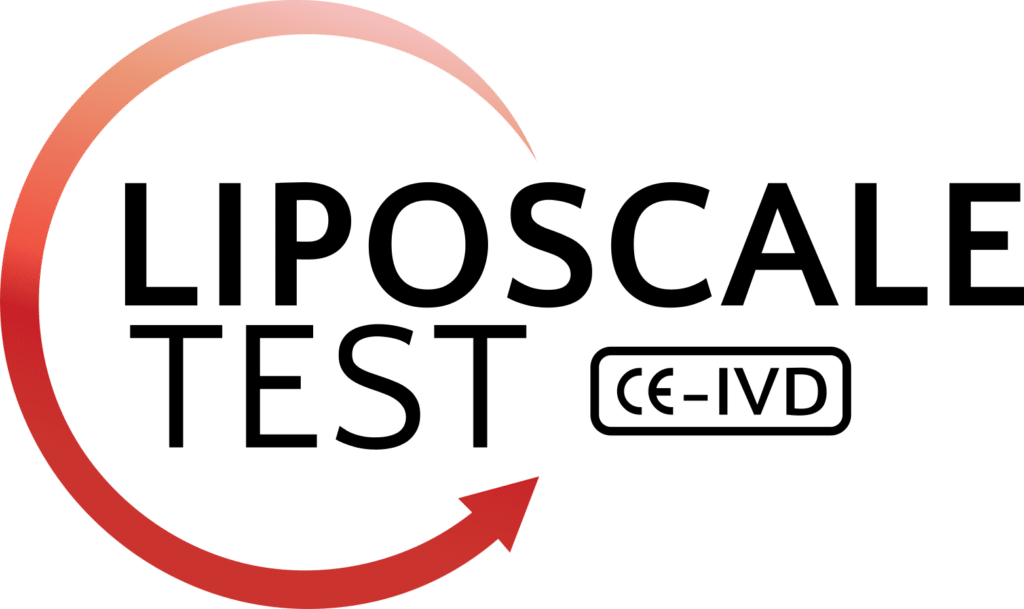Combining Dietary Intervention with Metformin Treatment Enhances Non-Alcoholic Steatohepatitis Remission in Mice Fed a High-Fat High-Sucrose Diet
ABSTRACT Non-alcoholic fatty liver disease (NAFLD) and non-alcoholic steatohepatitis (NASH) are serious health concerns for which lifestyle interventions are the only effective first-line treatment. Dietary interventions are effective in body weight reduction, but not in improving insulin sensitivity and hepatic lipid mobilization. Conversely, metformin increases insulin sensitivity and promotes the inhibition of de novo hepatic […]
Lipid Profiling Using 1H NMR Spectroscopy
Abstract Lipid profiling, which includes fatty acids, phospholipids, glycerides, and cholesterols is extremely important because of the essential role lipids play in the regulation of metabolism in animals. 1H-NMR-based protocols for high-throughput lipid analysis in complex mixtures have been developed and applied to biological systems. Many classes of lipids can be quantitatively analyzed in many […]
The novel inflammatory biomarker GlycA and triglyceride-rich lipoproteins are associated with the presence of subclinical myocardial dysfunction in subjects with type 1 diabetes mellitus
Abstract Background: Subjects with Type 1 diabetes mellitus (T1DM) have an increased incidence of heart failure (HF). Several pathophysiological mechanisms have been involved in its development. The aim of this study was to analyze the potential contribution of the advanced lipoprotein profile and plasma glycosylation (GlycA) to the presence of subclinical myocardial dysfunction in subjects with […]
Different profiles of lipoprotein particles associate various degrees of cardiac involvement in adolescents with morbid obesity
Abstract Introduction: Dyslipidemia secondary to obesity is a risk factor related to cardiovascular disease events, however a pathological conventional lipid profile (CLP) is infrequently found in obese children. The objective is to evaluate the advanced lipoprotein testing (ALT) and its relationship with cardiac changes, metabolic syndrome (MS) and inflammatory markers in a population of morbidly obese […]
Metabolomic patterns, redox-related genes and metals, and bone fragility endpoints in the Hortega Study
Abstract Background: The potential joint influence of metabolites on bone fragility has been rarely evaluated. We assessed the association of plasma metabolic patterns with bone fragility endpoints (primarily, incident osteoporosis-related bone fractures, and, secondarily, bone mineral density BMD) in the Hortega Study participants. Redox balance plays a key role in bone metabolism. We also assessed differential […]
Urinary Metabolomics Study on the Protective Role of Cocoa in Zucker Diabetic Rats via 1H-NMR-Based Approach
Abstract Cocoa constitutes one of the richest sources of dietary flavonoids with demonstrated anti-diabetic potential. However, the metabolic impact of cocoa intake in a diabetic context remains unexplored. In this study, metabolomics tools have been used to investigate the potential metabolic changes induced by cocoa in type 2 diabetes (T2D). To this end, male Zucker […]
Predictive Value of the Advanced Lipoprotein Profile and Glycated Proteins on Diabetic Retinopathy
Abstract This study aimed to assess whether the advanced characteristics of serum lipoprotein subclasses could better predict the risk of developing diabetic retinopathy (DR) and its severity compared to other established risk factors in subjects with type 1 (T1D) and type 2 (T2D) diabetes. This observational, cross-sectional substudy analyzed DR-related data from 309 T1D and […]
Advanced lipoprotein parameters could better explain atheromatosis in non-diabetic chronic kidney disease patients
Abstract Background: Chronic kidney disease (CKD) patients have a high burden of atheromatous cardiovascular disease (ASCVD) not fully explained by traditional lipid parameters. Lipoprotein composition and subclass particle number information could improve ASCVD risk assessment. The objective of this study is to investigate the association of advanced lipoprotein parameters with the risk of atheromatosis in a […]
Laparoscopic sleeve gastrectomy alters 1H-NMR-measured lipoprotein and glycoprotein profile in patients with severe obesity and nonalcoholic fatty liver disease
Abstract Patients with morbid obesity frequently present non-alcoholic fatty liver (NAFL) and non-alcoholic steatohepatitis (NASH) associated with pro-atherogenic alterations. Laparoscopic sleeve gastrectomy (LSG) is an effective treatment for weight reduction, and for the remission of hepatic alterations. Using 1H-nuclear magnetic resonance (1H-NMR), we investigated the effects of LSG on lipoprotein and glycoprotein profile in patients with […]
Serum metabolic biomarkers for synucleinopathy conversion in isolated REM sleep behavior disorder
Abstract Isolated rapid eye movement (REM) sleep behavior disorder (iRBD) is a prodromal stage of Lewy-type synucleinopathies (LTS), which can present either with an initial predominant parkinsonism (Parkinson’s disease (PD)) or dementia (dementia with Lewy bodies (DLB)). To provide insights into the underlying pathogenic mechanisms, the lipoprotein and protein glycosylation profile of 82 iRBD patients, […]


